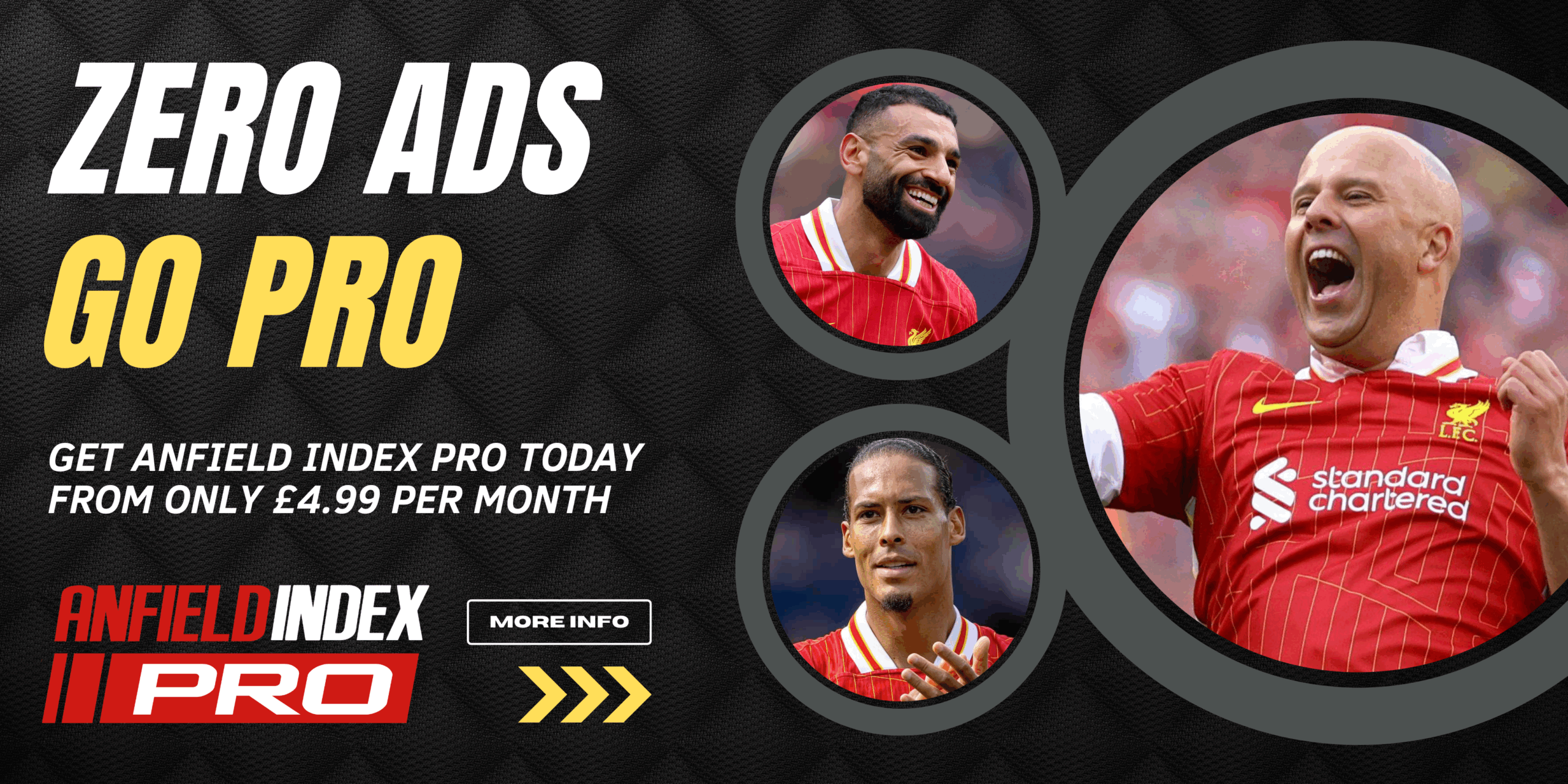The Revolution in Sports Training: How Virtual Reality is Transforming Athlete Preparation
The article explores how virtual reality (VR) is transforming the training of high-performance athletes — from digital simulations replicating real game conditions to tactical, mental, and physical training assisted by technology. It presents examples from Olympic sports, the NFL, and cycling, scientific studies on VR efficiency, its limitations, and future prospects. All backed by data, specific technologies, and proven results.
From Digital Simulation to Real Performance – What VR Means for Sports
Virtual reality (VR) in sports refers to the digital simulation of real-life situations — matches, routes, technical executions — without physical contact but with a tangible impact on performance. Just like in 40 Shining Crown, where each spin follows a precise algorithm, VR provides a controlled environment where athletes can repeat movements and reactions with accuracy.
In the NFL, STRIVR technology has reduced quarterback reaction times by 20%. In cycling, Zwift simulates stages with elevation changes, wind, and weather conditions. In shooting and boxing, VR enhances coordination, timing, and mental resilience. In Olympic sports, according to Frontiers in Psychology, VR use reduces competition anxiety by up to 30%.
Moreover, VR systems provide real-time biomechanical feedback: execution angles, body positions, speed, and coordination. This type of analysis enables quick, objective adjustments, accelerating progress without excessive physical strain.
How VR Boosts Performance: Data, Results, Efficiency
Studies in high-performance sports clearly show that virtual reality (VR) training improves efficiency and reduces learning time. According to Frontiers in Sports and Active Living, athletes using VR improve coordination and reaction times by 15–25%, depending on the sport.
A concrete example: in American baseball, players training with the WIN Reality simulator achieved a 22% increase in accurate hit rates. In tennis, VR systems like Rezzil allow for hundreds of technical repetitions per hour without physical wear. In athletics, VR is used for race and course visualization, reducing competitive anxiety by 30%, as reported by the Journal of Applied Sport Psychology.
Another major advantage: VR enables training under simulated psychological pressure. Athletes can practice executions in a virtual “Olympic final” with crowd noise, opponents, and spectators, training the brain to respond effectively.
Thus, virtual reality doesn’t replace effort but makes it more targeted, measurable, and tailored to each athlete’s goals.
Sports Already Using VR: Examples and Results
Virtual reality is no longer an experiment but a technology implemented across multiple disciplines. Here are some concrete examples:
- NFL (American football): Teams like the Dallas Cowboys use the STRIVR system for quarterback training and game strategy.
- Cycling: The Zwift platform recreates real routes with slopes, wind, and varying grip, enabling accurate indoor training.
- Boxing: VR apps like Shadowbox enhance reflexes, timing, and muscle memory without real sparring.
- Sport shooting: Olympic athletes use VR simulators to practice breathing control, stability, and precision without logistical costs.
- Alpine skiing: VR is used to memorize courses before competitions, simulating turns and elevation changes.
- Basketball: NBA teams use simulators for tactical replays and cognitive training off the court.
In all these cases, VR reduces injury risks, optimizes training time, and provides precise data for evaluation and correction. Elite sports thus become smarter, safer, and more personalized.
Technology Limitations: Why VR Alone Isn’t Enough
While virtual reality brings innovation, it cannot fully replace physical training. The most common limitations include the lack of real tactile feedback, differences between virtual and on-field movements, and the high costs of advanced equipment. Additionally, excessive use can lead to visual strain and sensory disorientation. Without a coach’s supervision, VR cannot correct real technical or postural errors.
The Future of Training: What Comes After VR?
The next step is integrating VR with artificial intelligence and biometric analysis. Future systems will adapt exercises in real-time based on an athlete’s physical condition, heart rate, or focus.
Additionally, mixed reality (MR) platforms, combining physical and virtual elements in a single framework, are in development. These will allow athletes to train both body and mind simultaneously in a fully adaptive and personalized environment.




